
Ōamaru is a charming little town. It’s located on the south island at 80 km (50 miles) of Timaru and 120 km (75 miles) north of Dunedin. It’s way down at the shore.
The name of Ōamaru is from Māori and can be translated as “the place of Maru.” Who and what is Maru still open to conjecture? I kind of like the name.
At the edge of Ōamaru sits the harbor, where you can find a popular recreational area with a playground and a train station. The train station is now just a historical mark of the town.
This area has several interesting going on:
- The artist has carved the trees on the back beautifully.
- The playground has a metallic structure like a gigantic Victorian bicycle with a guy on top of its sculpture.
- Several metallic cultures spread, which is not strange since we have the Steampunk HD right around the corner.
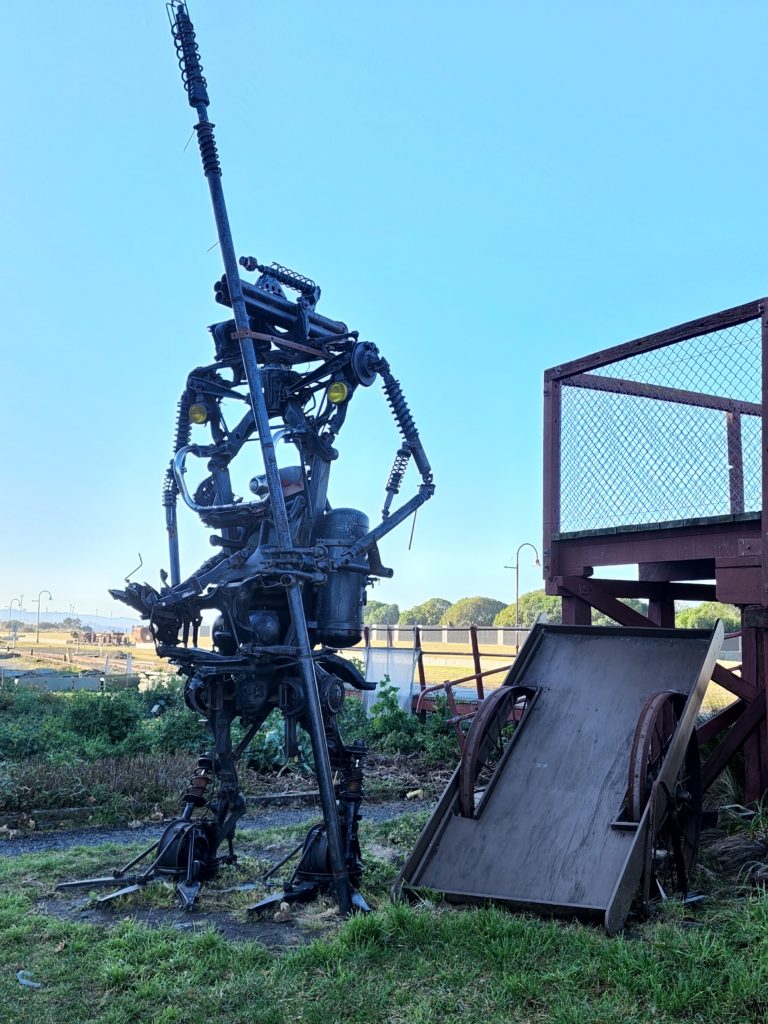
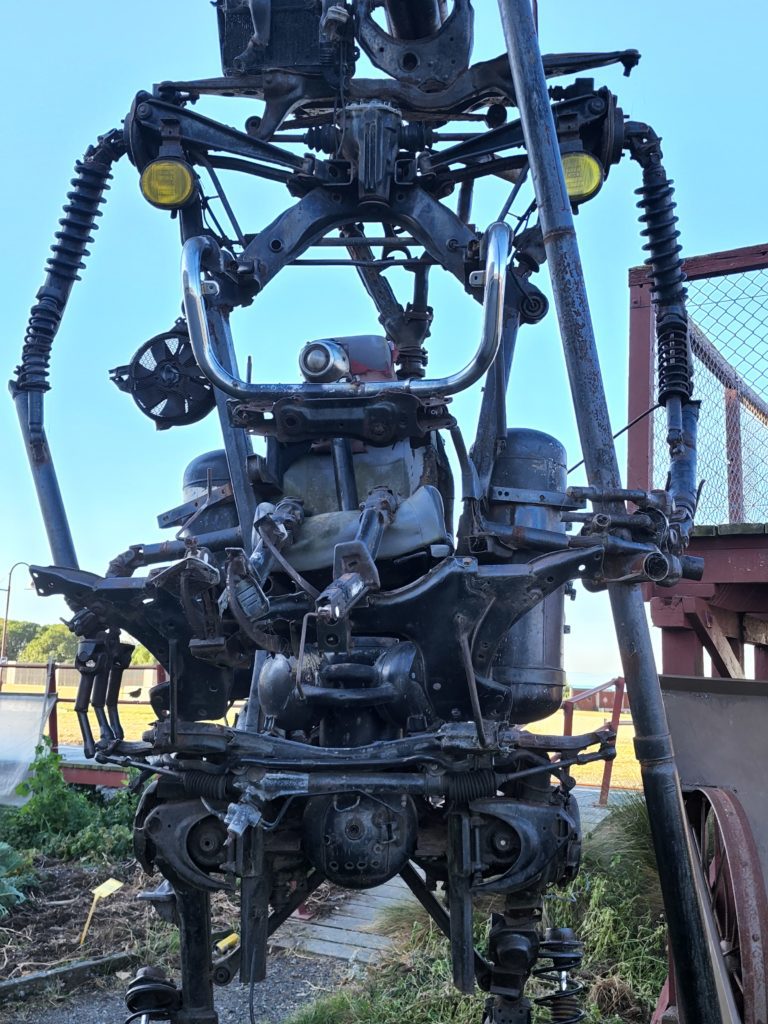
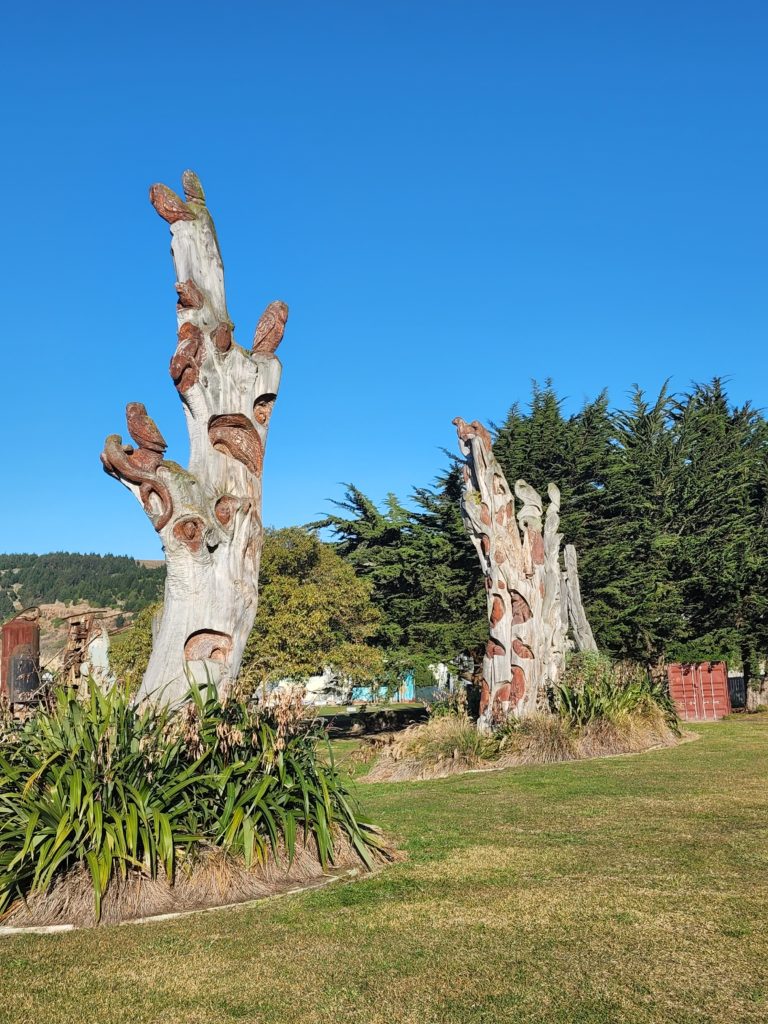
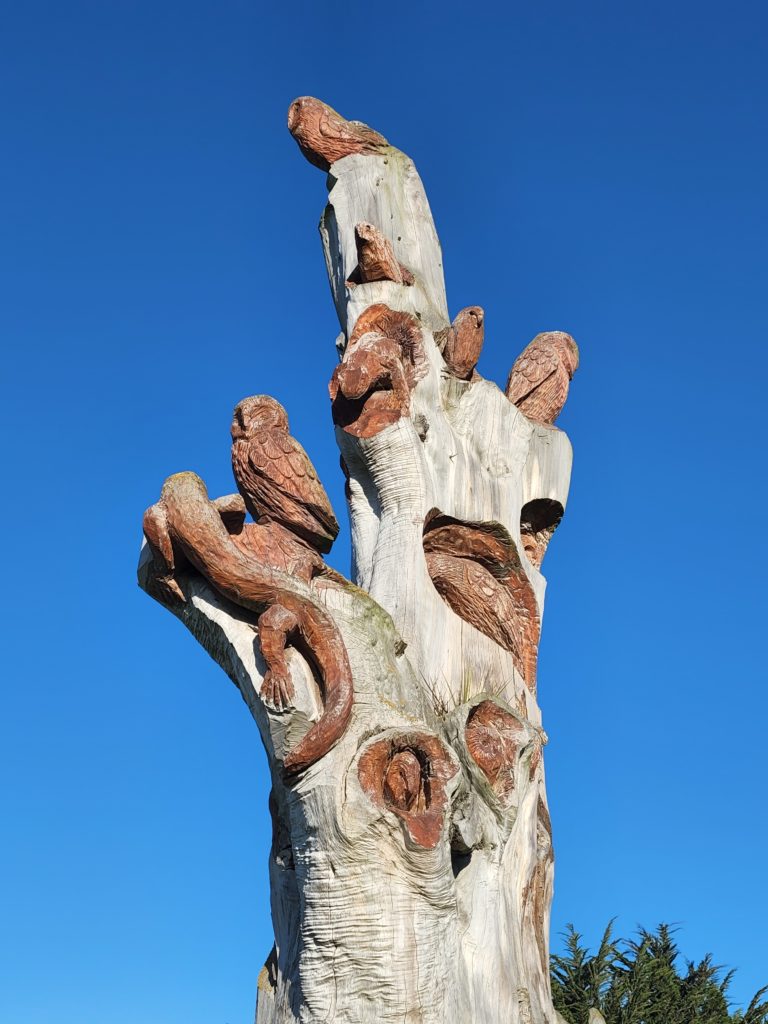
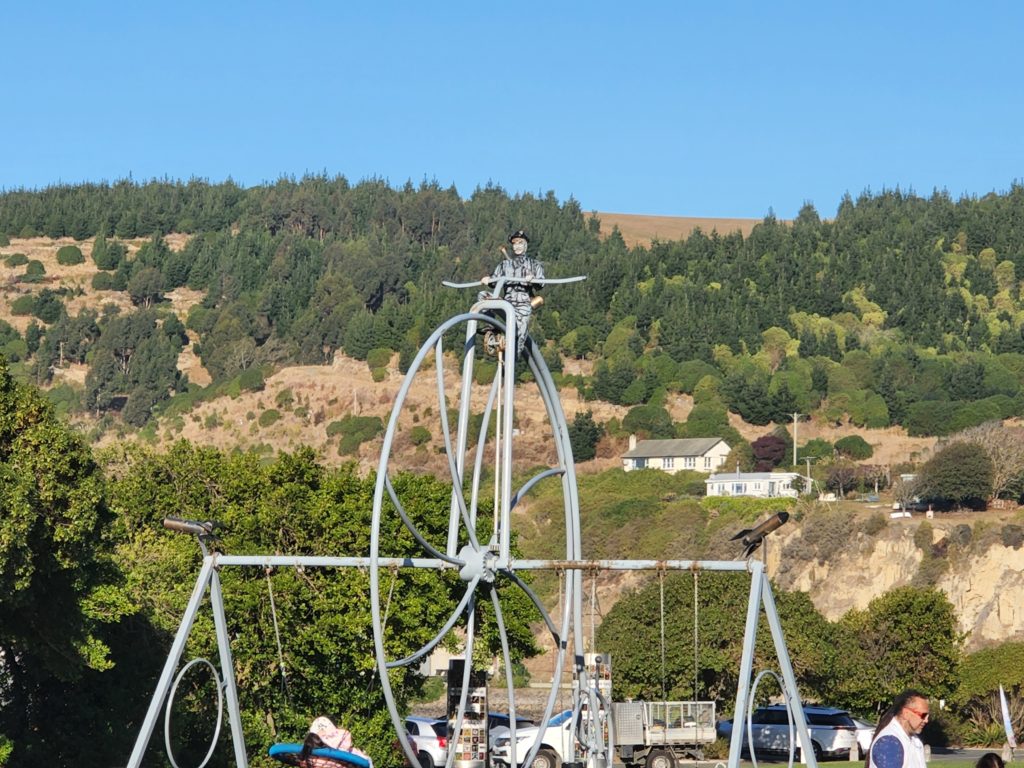
Cape Wanbrow, a rocky headland overlooking the harbor, protects Ōamaru from the ocean’s wind. Because of this, we can enjoy the dock and watch the blue penguins when they come back from fishing.
I cannot describe how peaceful this place was. It was sunny and cold but with no wind. You only could hear the birds, the ocean, and the wind.
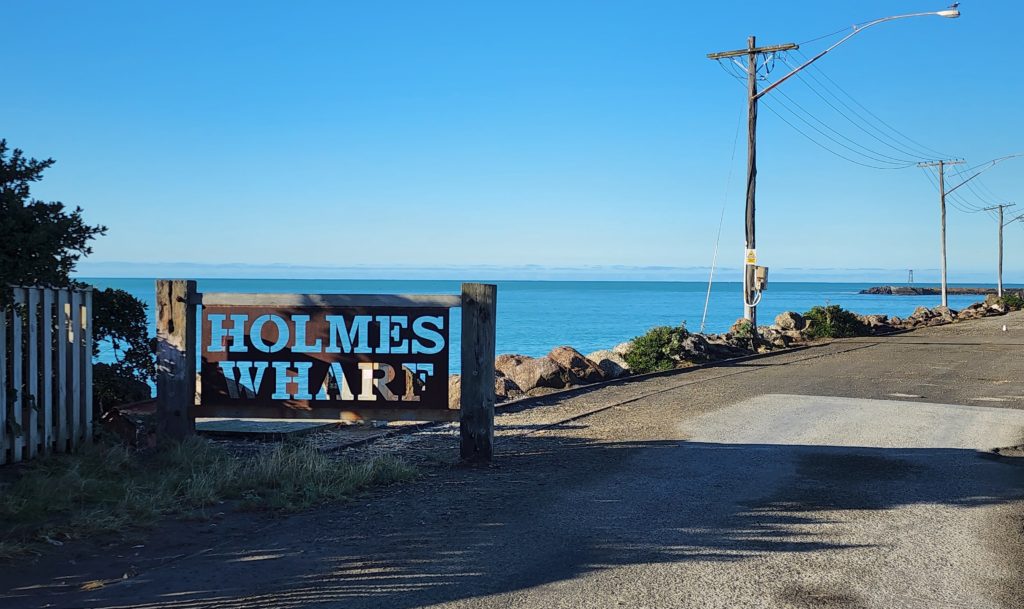
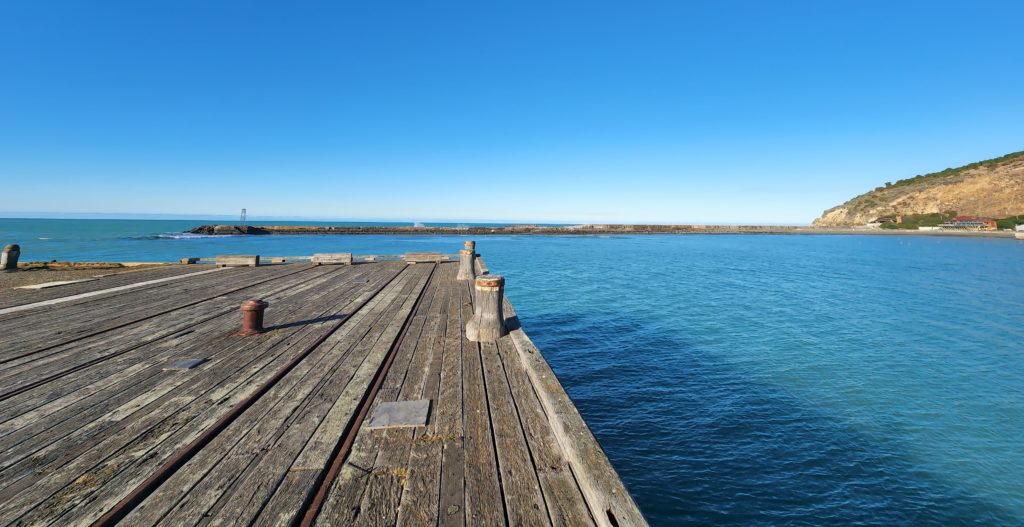
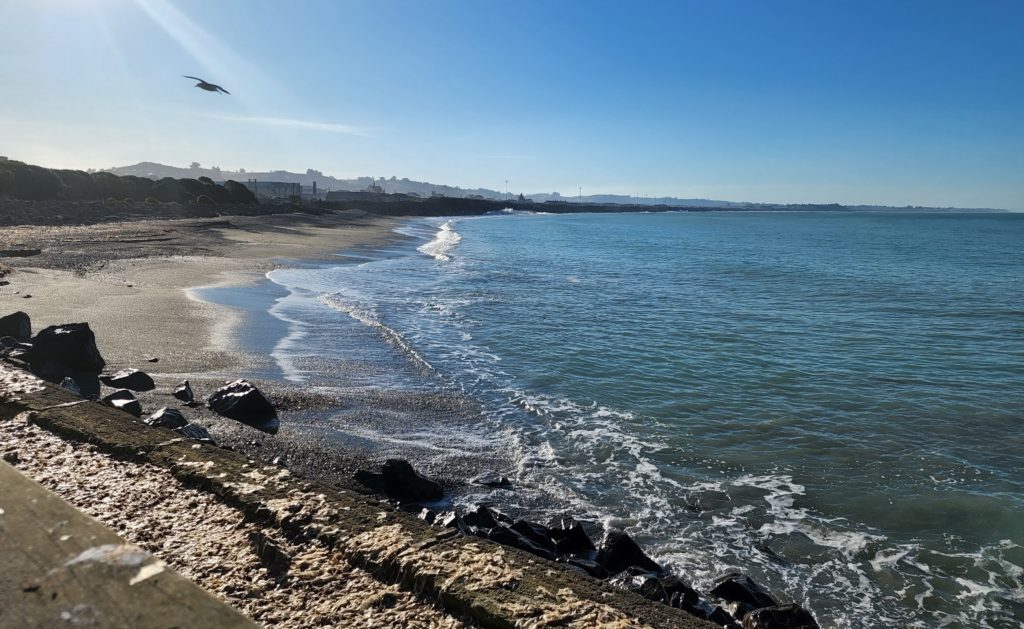
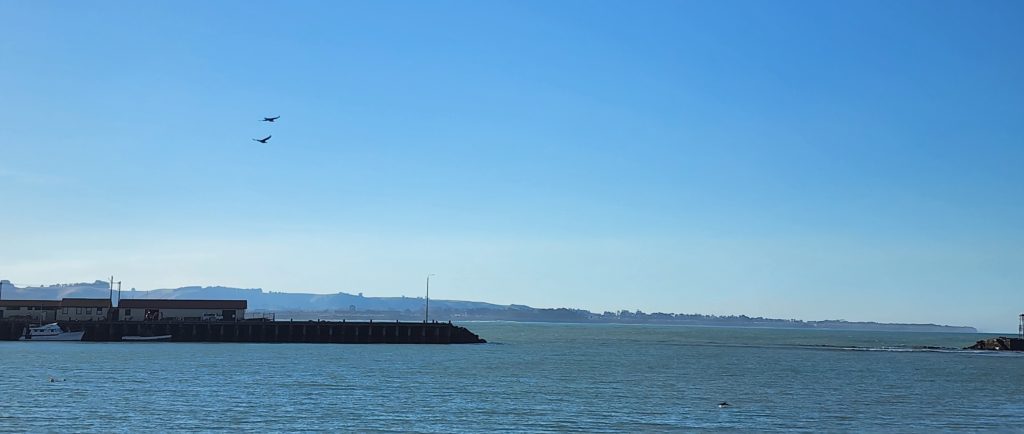

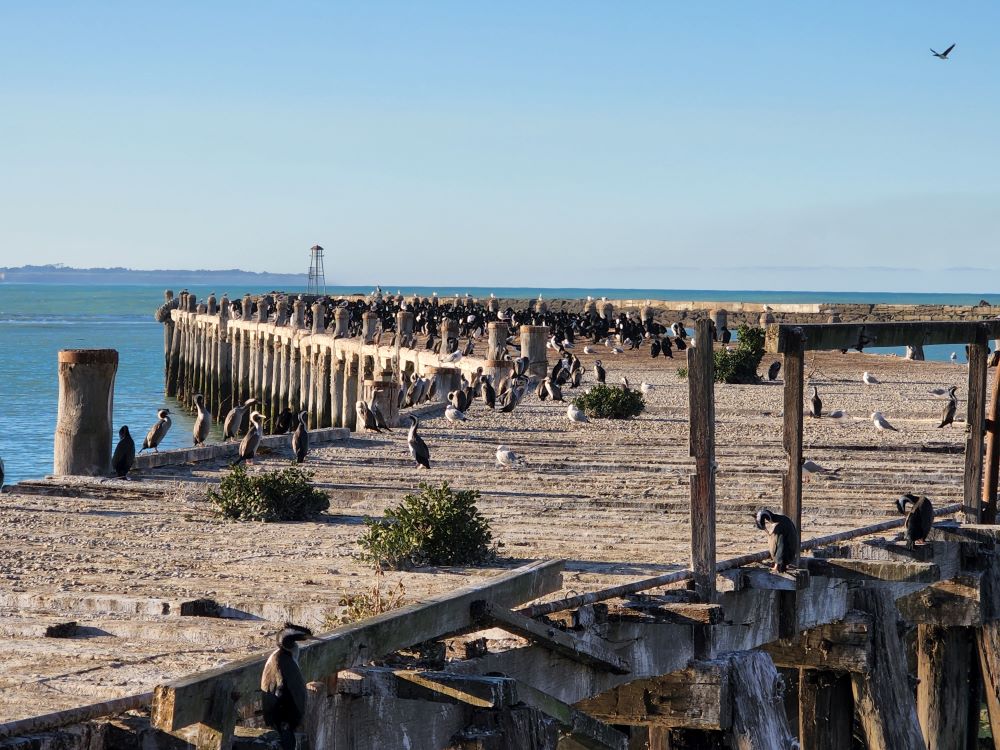
On the right side of the harbor, we can see a colony of seabirds. During the day, they came and went, but the Otago took the historic Sumpter Wharf at night. That Wharf is old and falling apart, so the gate is closing to the public. The breeding colonies of these seabirds have become the largest colonies of Otago.
The recreation area and the bay give you a great view.

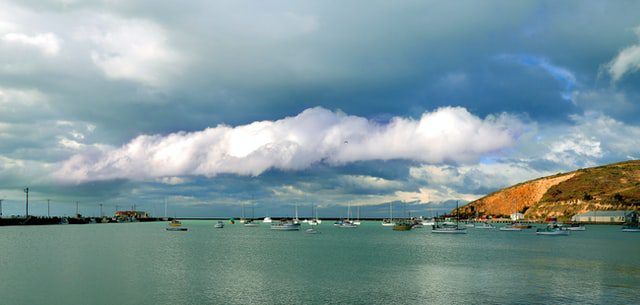
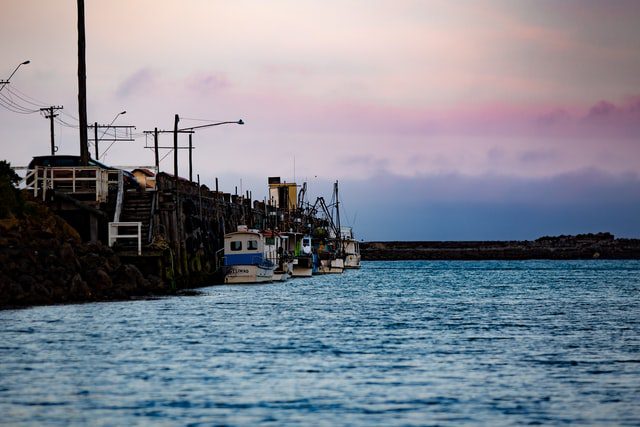
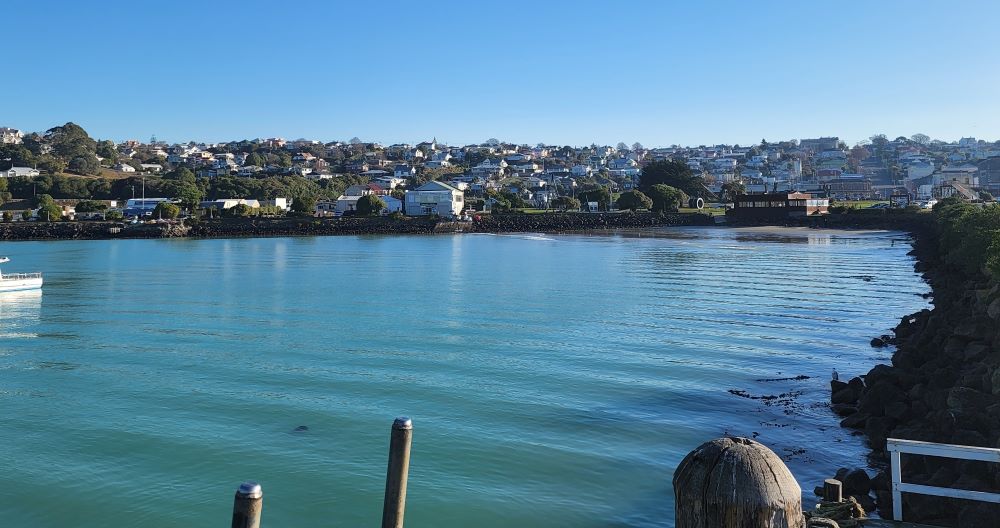

Māori lived in the area way before any Europeans came over. In 1770, James Cook reached the cost of this area but did not disembark.
In 1814, seal-hunting people visited that area, and the whalers showed up in the 1930s. More Europeans arrived in the 1850s, and J.T. Thompson surveyed the land. In 1860, Oamaru became a town, and the streets in Oamaru were named after rivers in England.
The main business was agriculture, and they established sheep stations to raise sheep for their wool and meat. It grew fast and became one of the significant ports exporting wool and grain.
In 1882, New Zealand successfully shipped frozen meat to England for the first time, allowing the export of perishable goods. This was an outstanding achievement. So, New Zealand has become a critical supplier to Britain for meat, butter, and cheese.
Victorian Precinct
Oamaru flourished with the exportation of perishable goods, which made them develop the city so grandly that today, we have the buildings to prove it. Not forgetting that Oamaru has plenty of Limestone, so architects and engineers build gorgeous and magnificent edifices with exquisite carvings. This is called the Victorian precinct.
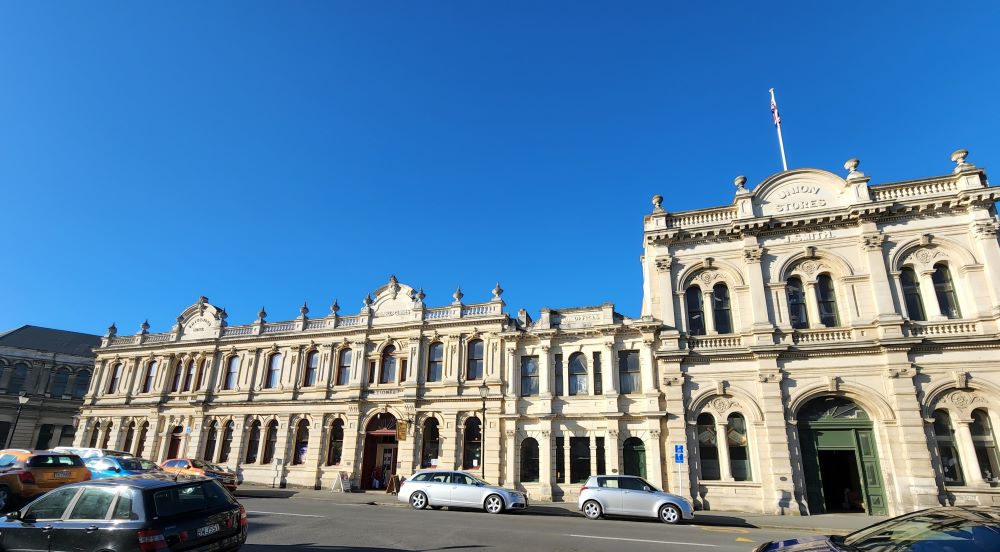
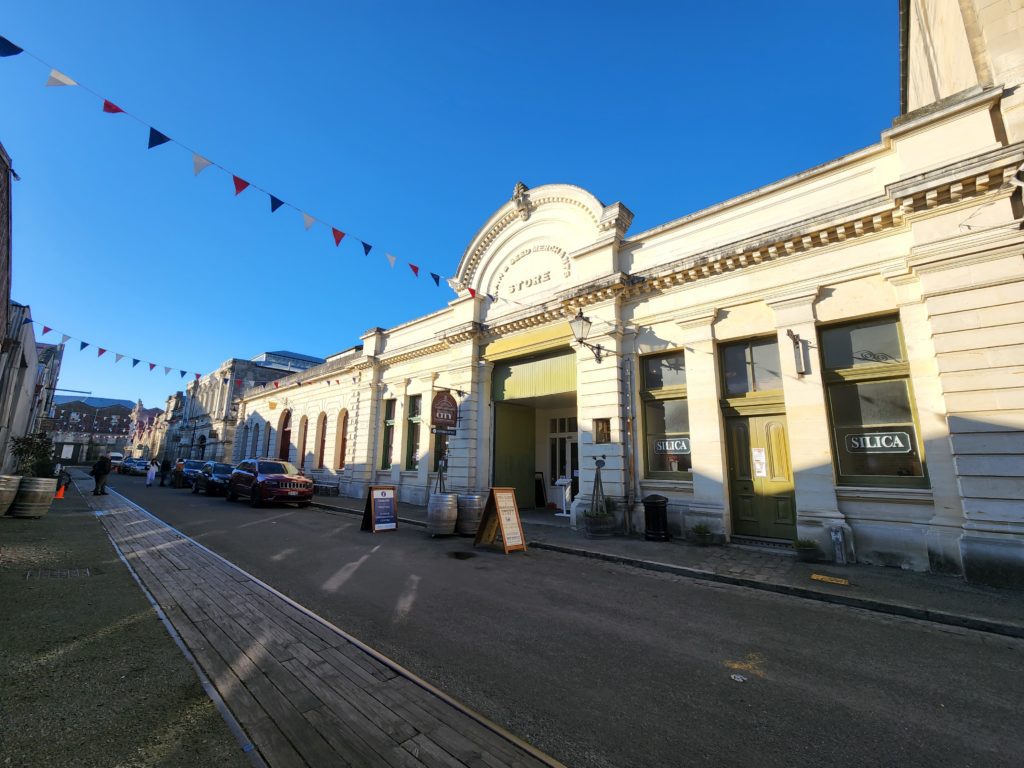
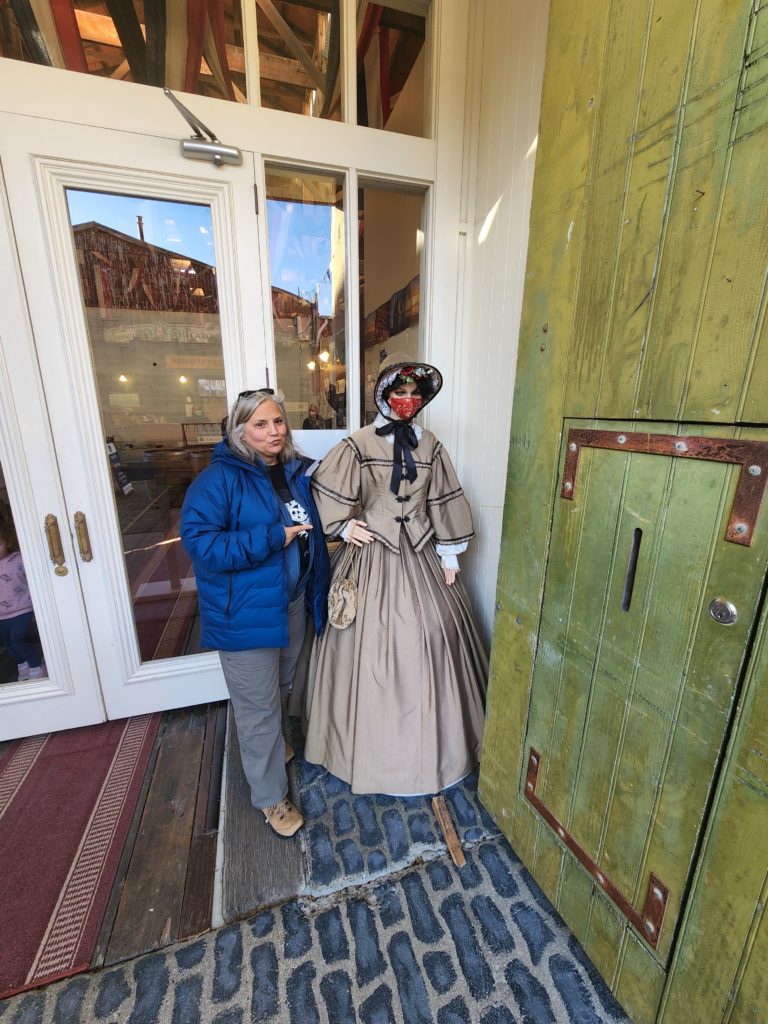
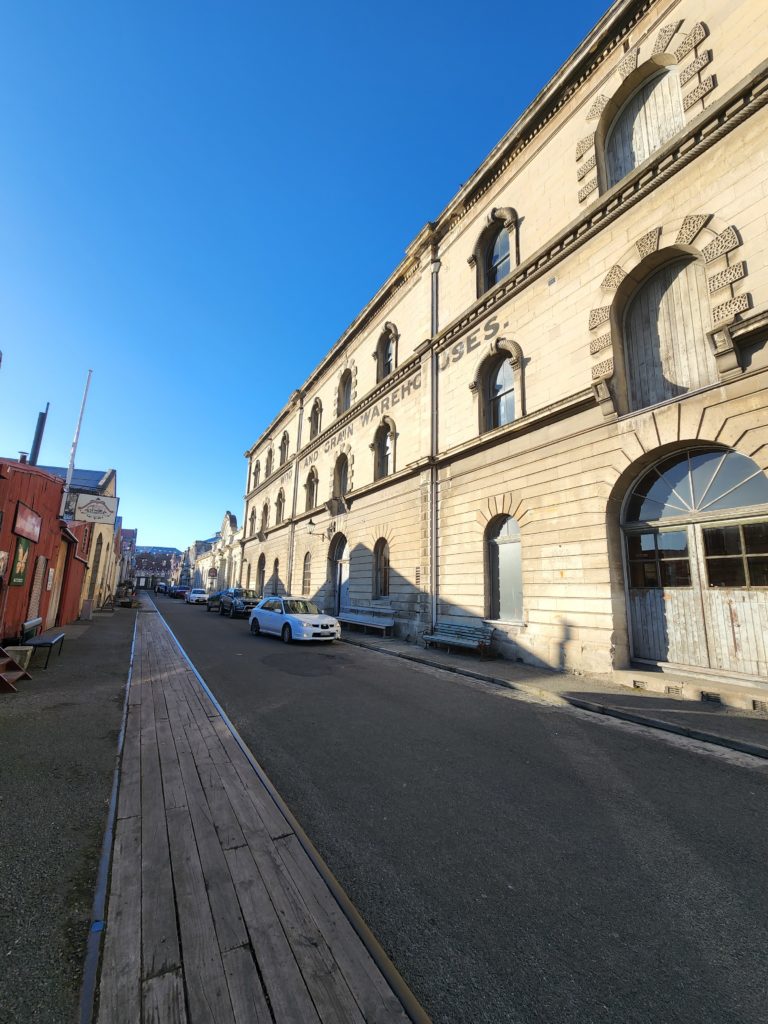
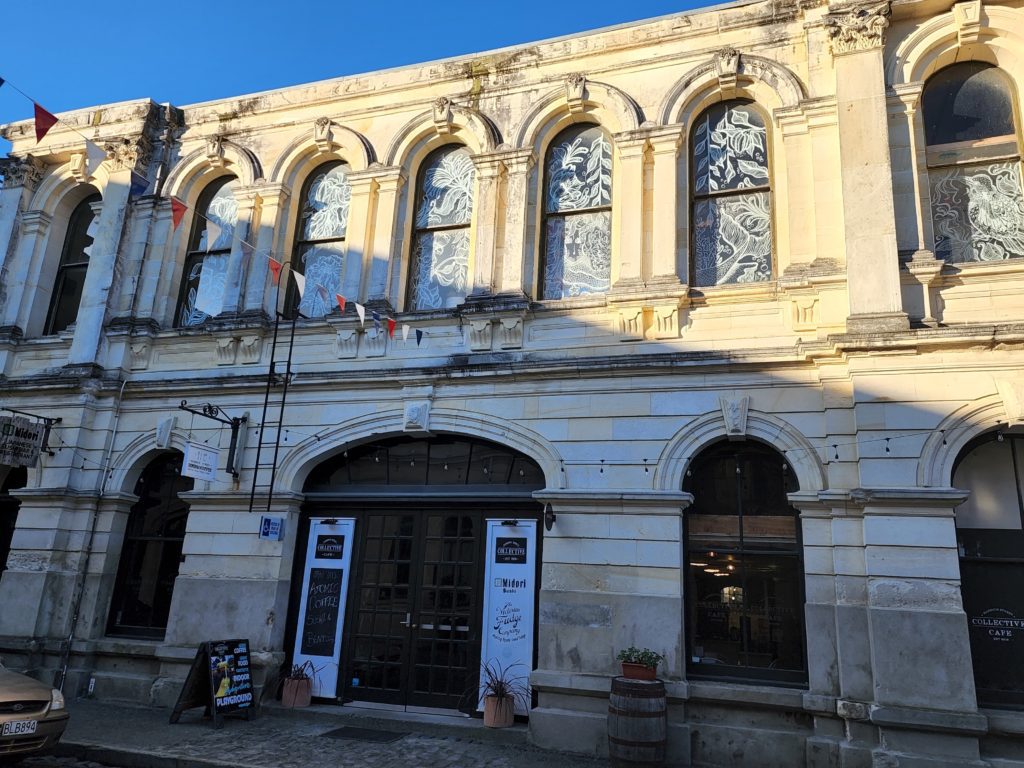
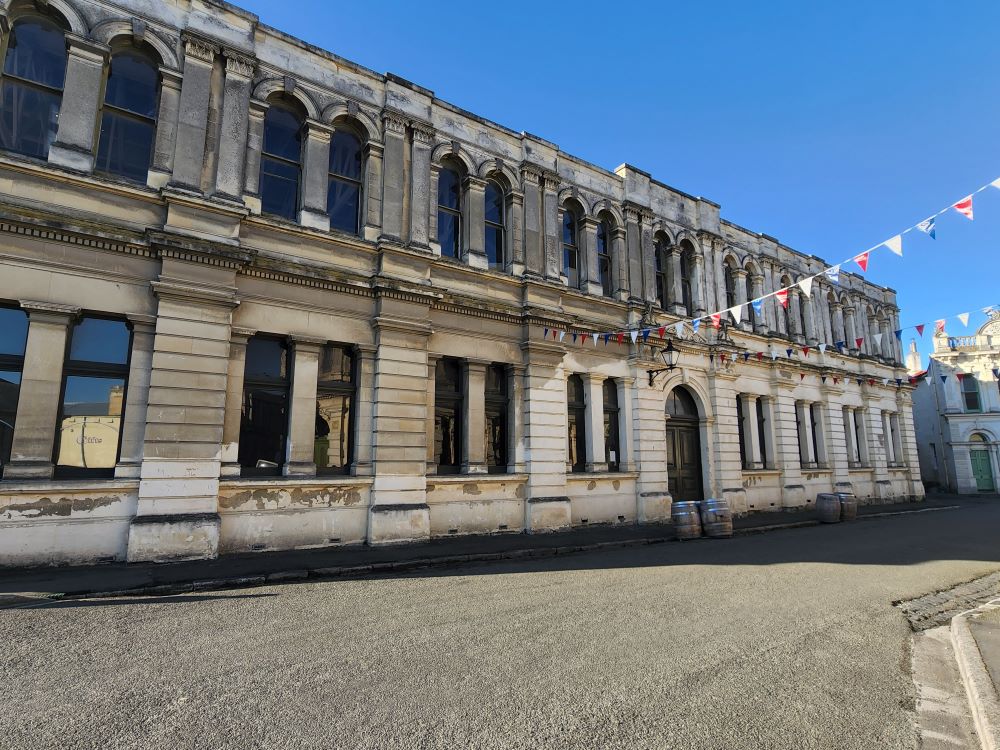

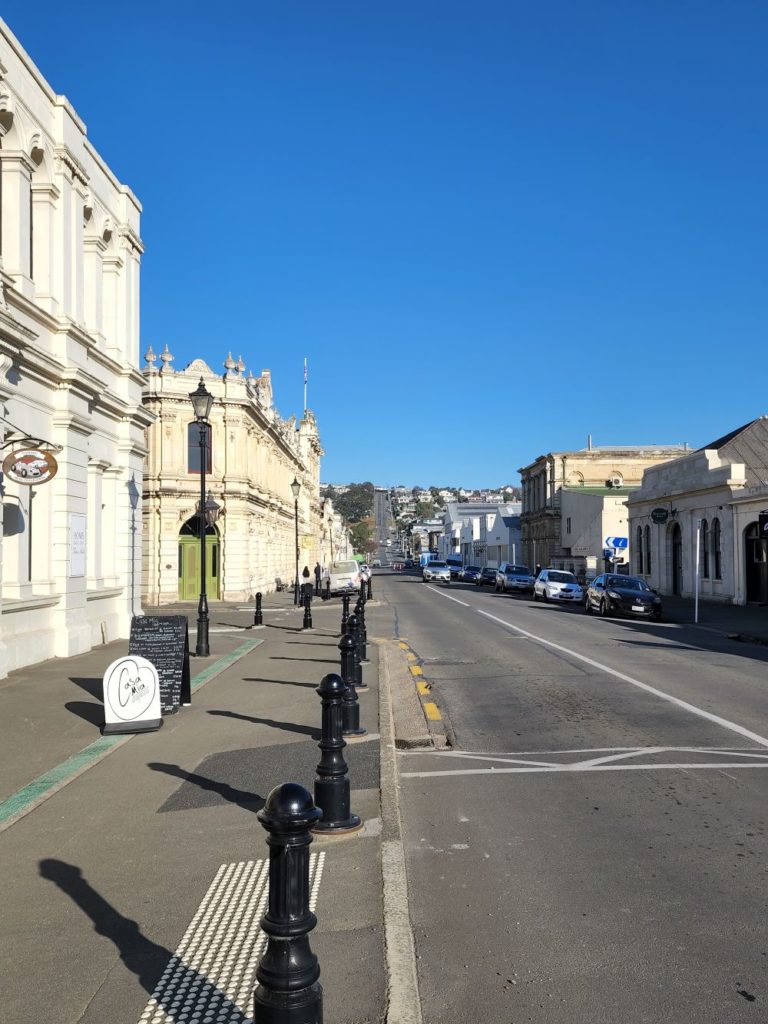
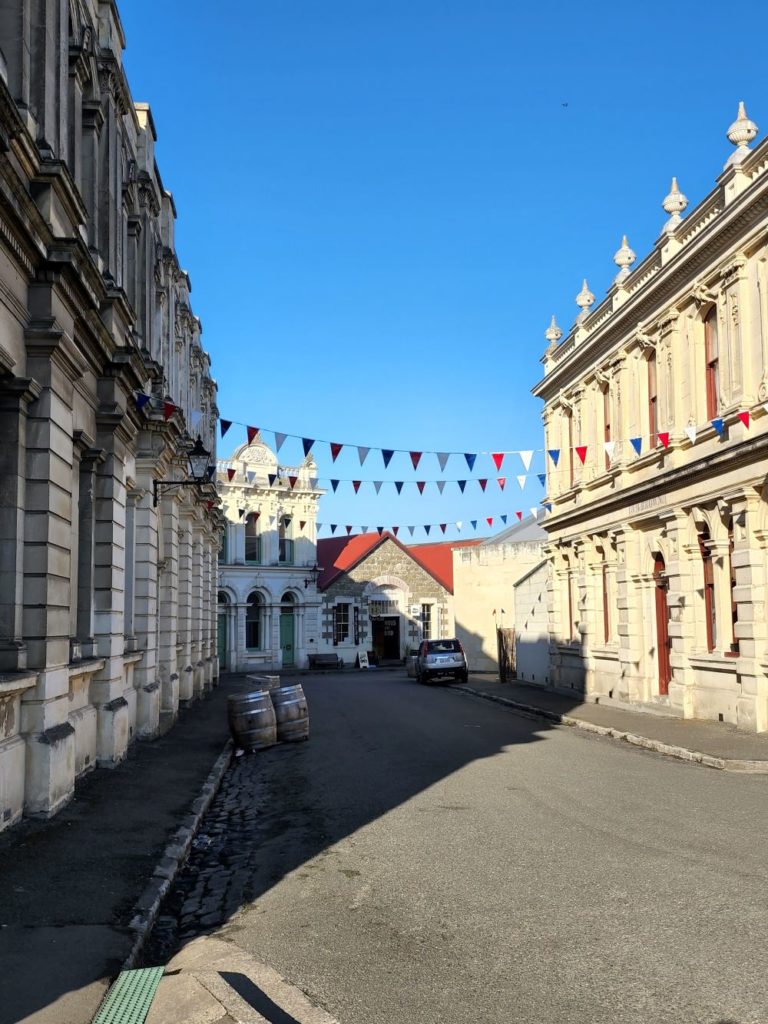
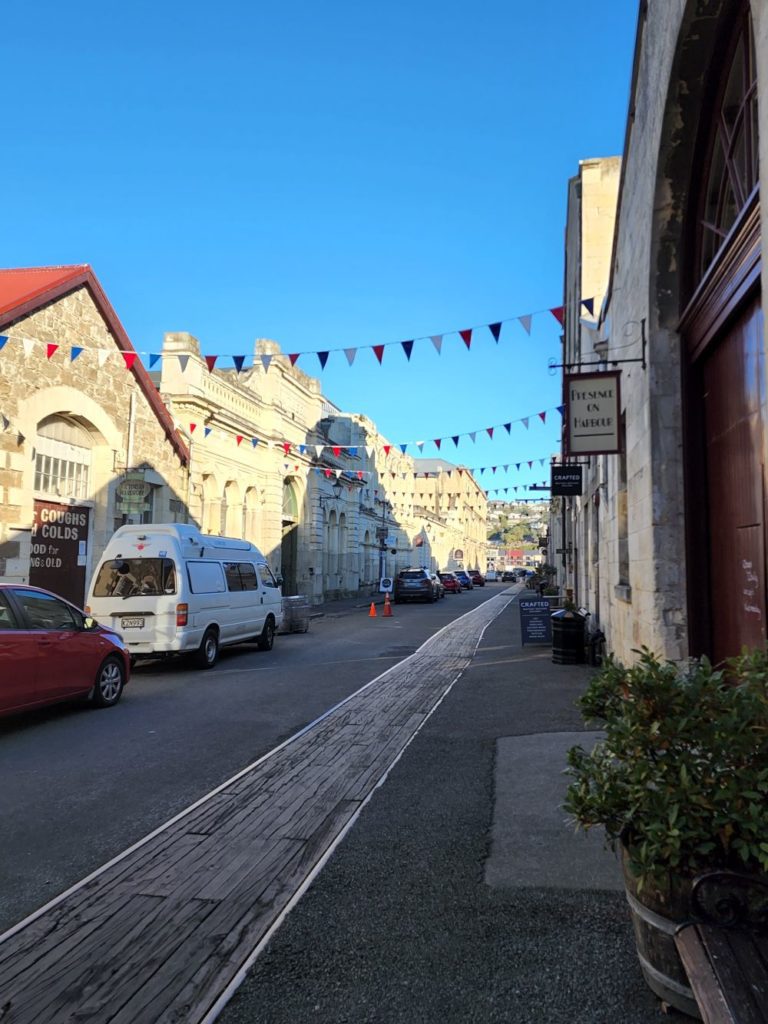
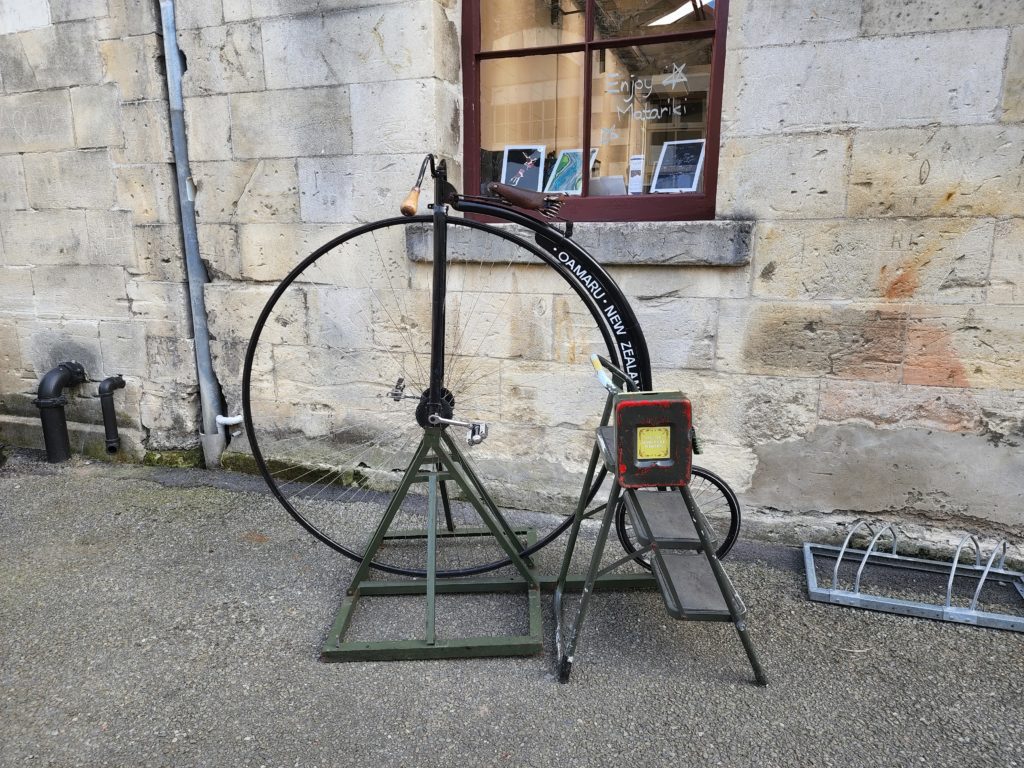
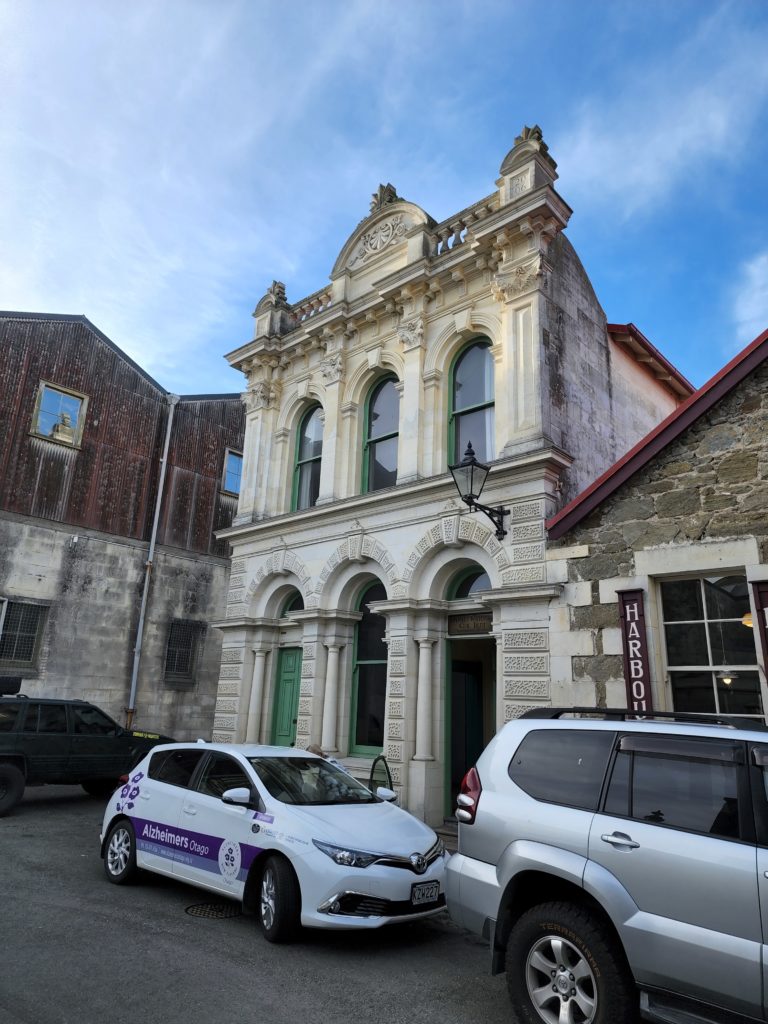
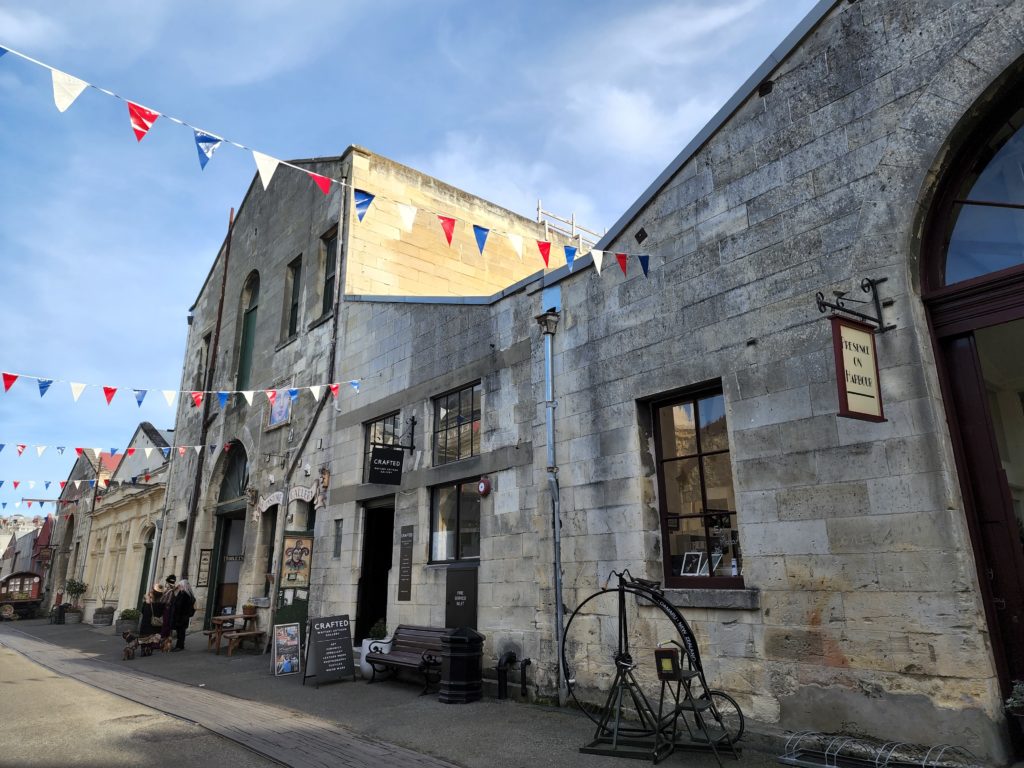
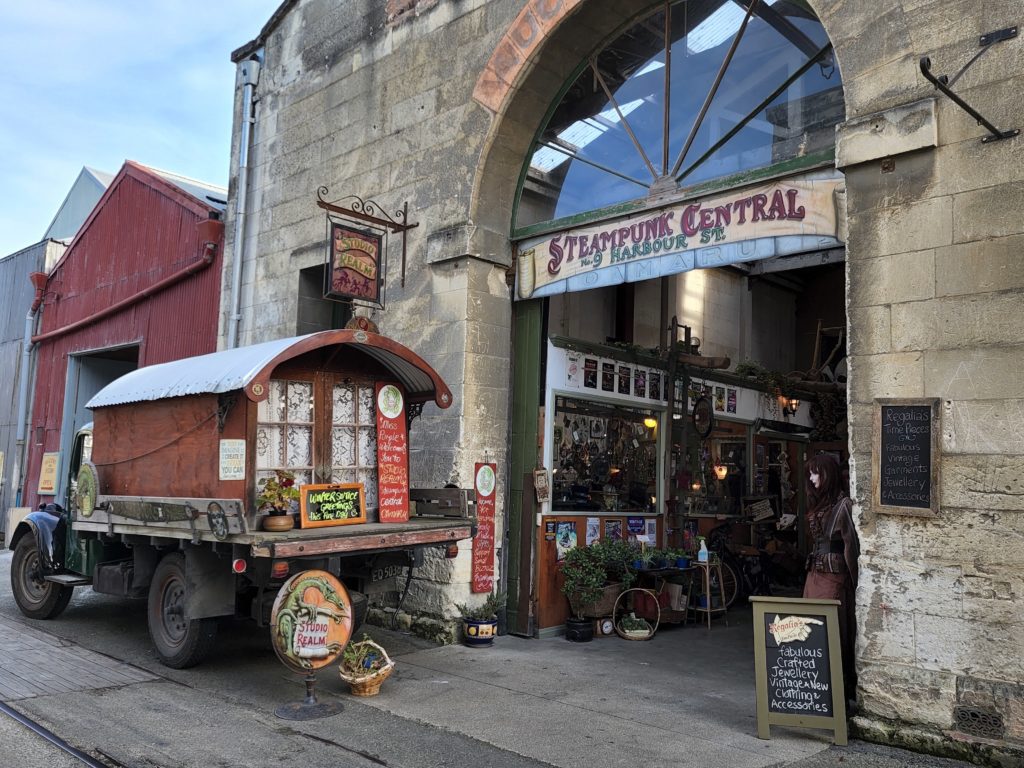
During this time, the city grew so much that it had to improve its water system. So, the city embraced an aqueduct project to provide pure water to the residents since the one they had was obsolete.
This project brought Oamaru to near bankruptcy. Oamaru hit bottom. As if it was not enough, the depression of the 1880s, a couple of bad droughts, and some other political and economic issues happened. The city stalled. So they did come up with a brilliant idea to pull their town from the ground: tourism.
They decide to use their heritage to build up their economy. By the way, I think that was a spectacular idea because these buildings are beautiful and each one of them, even though the majority were warehouses, still has some history, like the Criterion Hotel.
Criterion Hotel
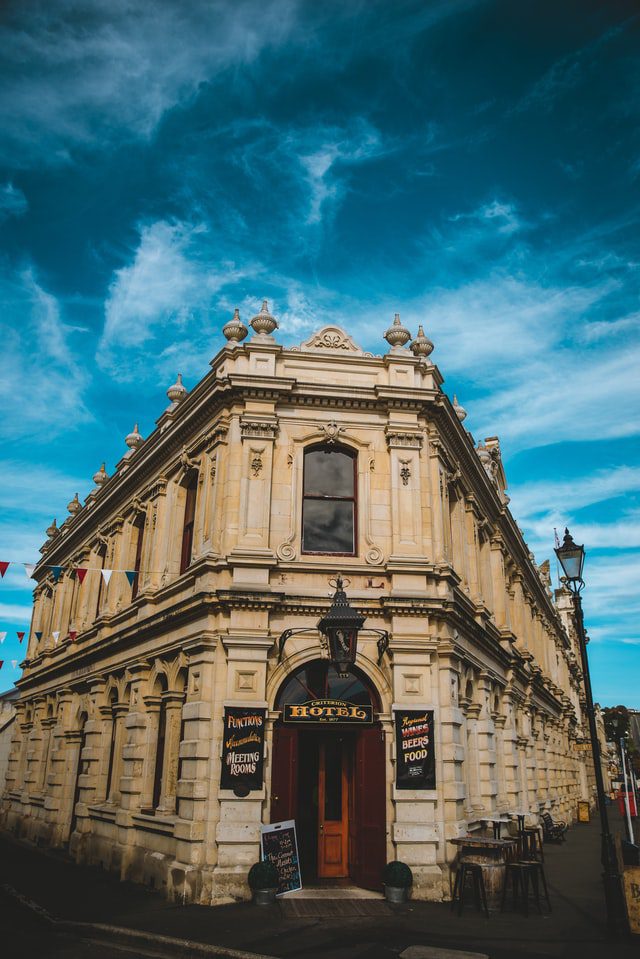
The city started construction in 1874, beginning with the harbor block, followed by stores, streets, and offices. In 1877, hotelier William Gillespie built a hotel on the corner of the block.
The hotel had a pub that I can imagine was popular: lots of booze and entertainment. In the 1880s, excessive drinking was a significant issue as many people were found drunk on the streets, annoying by shouting, sleeping in gutters, and banging on windows.
The most righteous individuals in the city decided that implementing a total prohibition would be a great idea because everyone was irritated with the situation.
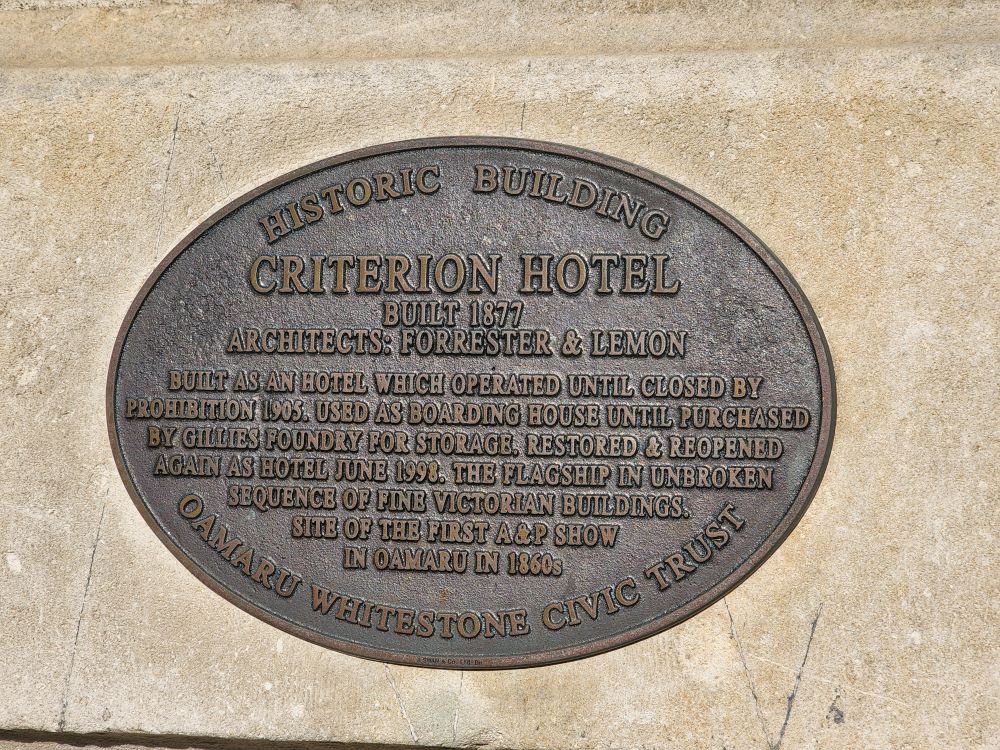
In 1905, the city hall passed a law prohibiting the sale of alcohol. The authorities revoked the licenses, causing the city to become dry.
Since the hotel was banned from selling alcohol, it killed the primary income and changed the business to a private boarding house until the 1940s.
It’s interesting how a hotel so majestic had a sad end because of the booze. After that prohibition era, that hotel did not have a real purpose. Today, it’s a closed building. It looks abandoned. It’s a pity because it looks really nice.
Now we all know that prohibition, people always get around, and Oamaru was no different: for example, the pharmacist could prescribe whiskey for medicinal purposes.
The industry would be able to use alcohol for their production purposes, the religious congregation was allowed to buy alcohol, and people learned to make their own beer or liquor. The prohibition officially lasted around 60 years, but we all know there was no prohibition on drinking after all.
The Bleu Penguin Colony
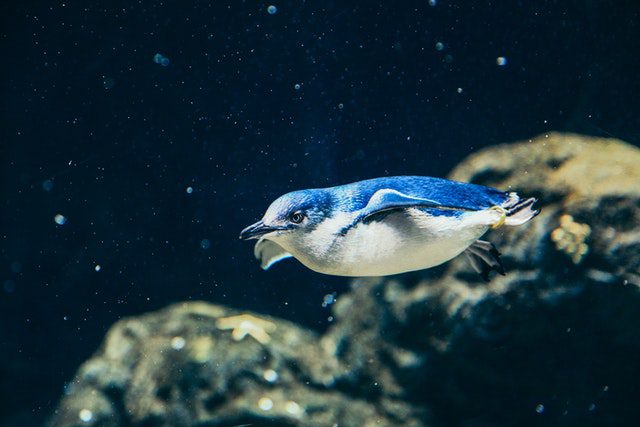
Our last stop was the blue penguin colony. This colony is the most prominent tourist attraction. The money you pay for your ticket goes toward the center that provides protection and care to these little guys.
The center monitors and compares the behavior and compare with other colonies nearby. It reminds me of the Marine Mammal Center of Sausalito, California. I used to work with the team that monitored and compared the results with those of other sea lions on Pier 39 of San Francisco.
The Blue penguins are tiny and shy. We all sat waiting for them; We had to be quiet, not scare them. After a while, they started arriving, and cautiously, they would approach their entrance to the colony. The colony is made of little “houses” for them to rest after an arduous fishing day.
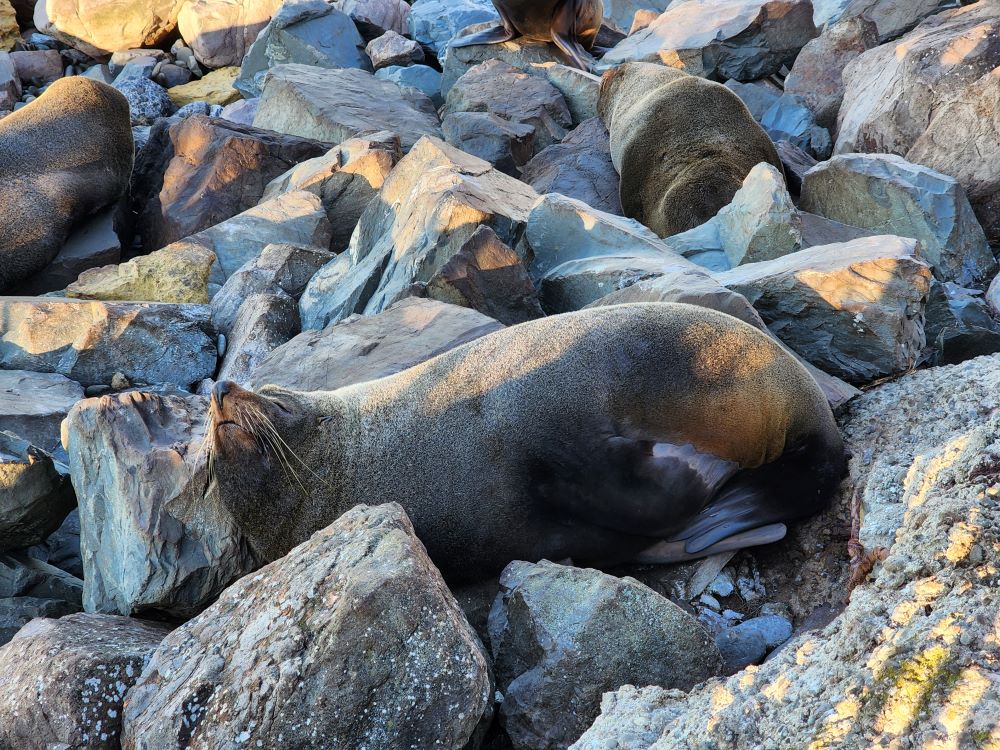
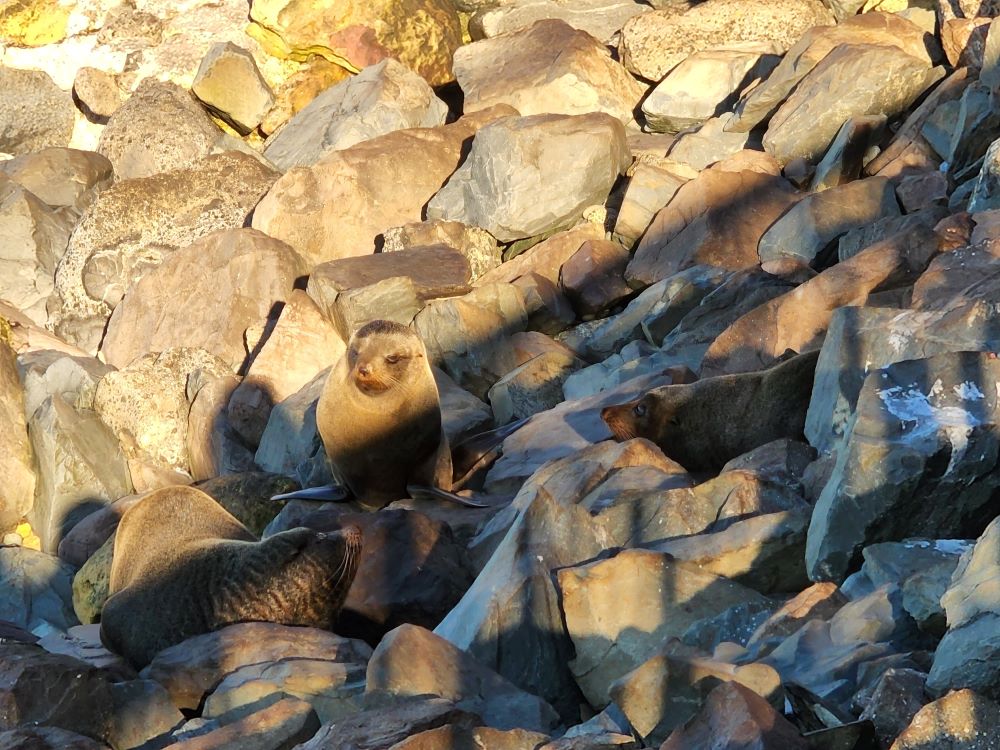
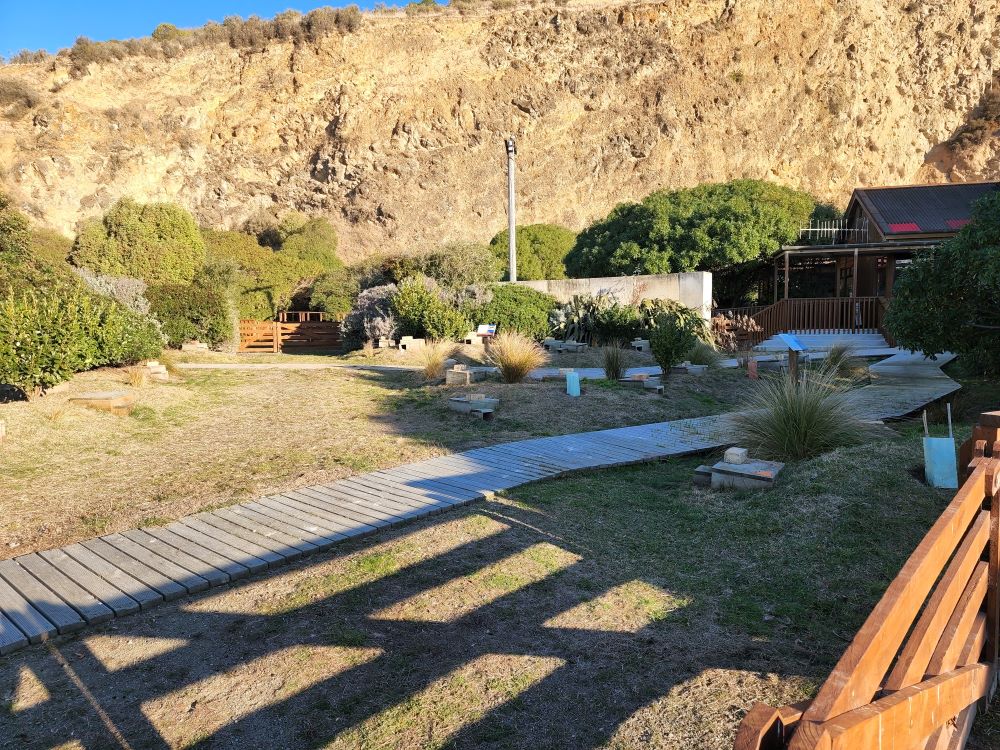
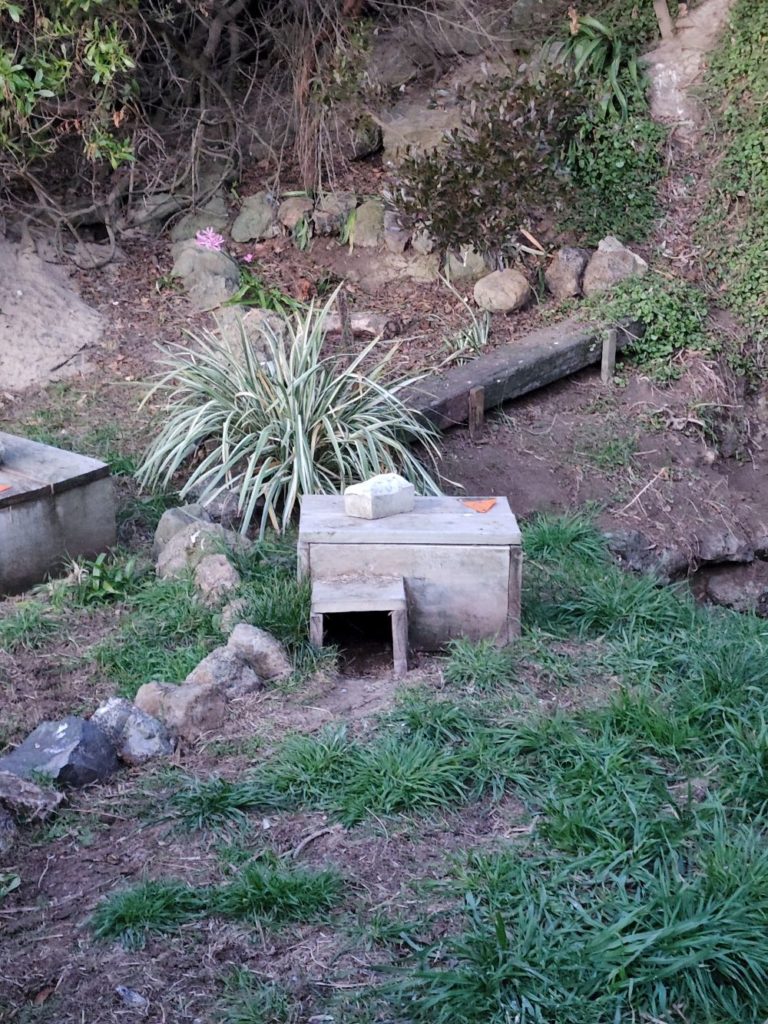
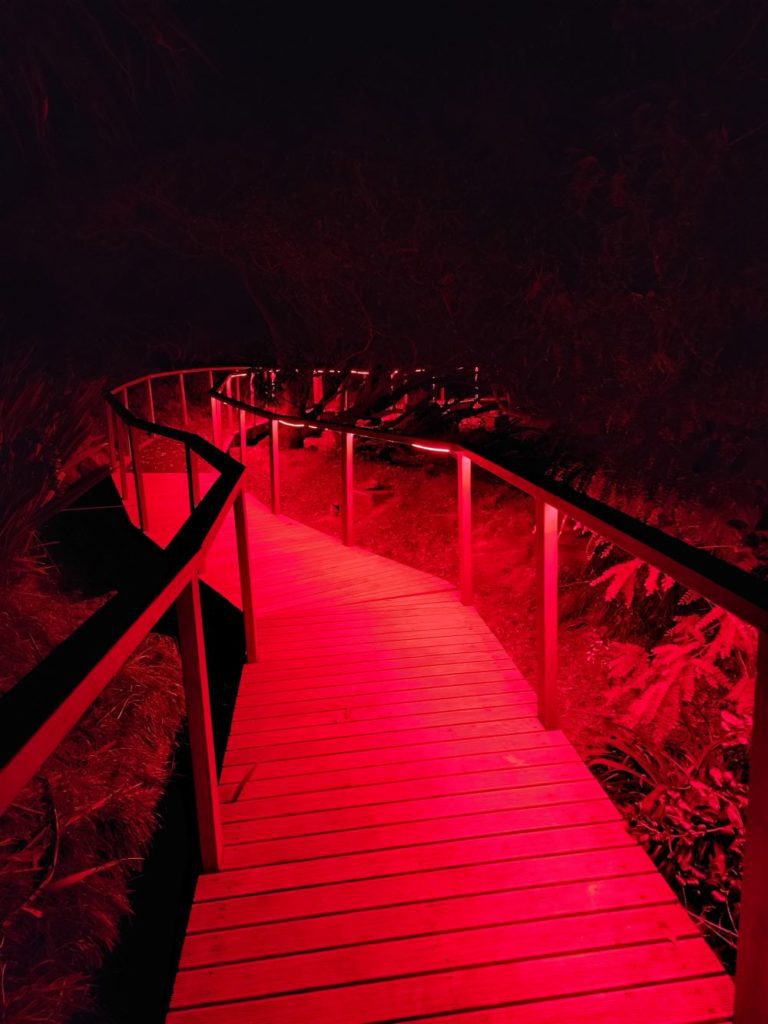
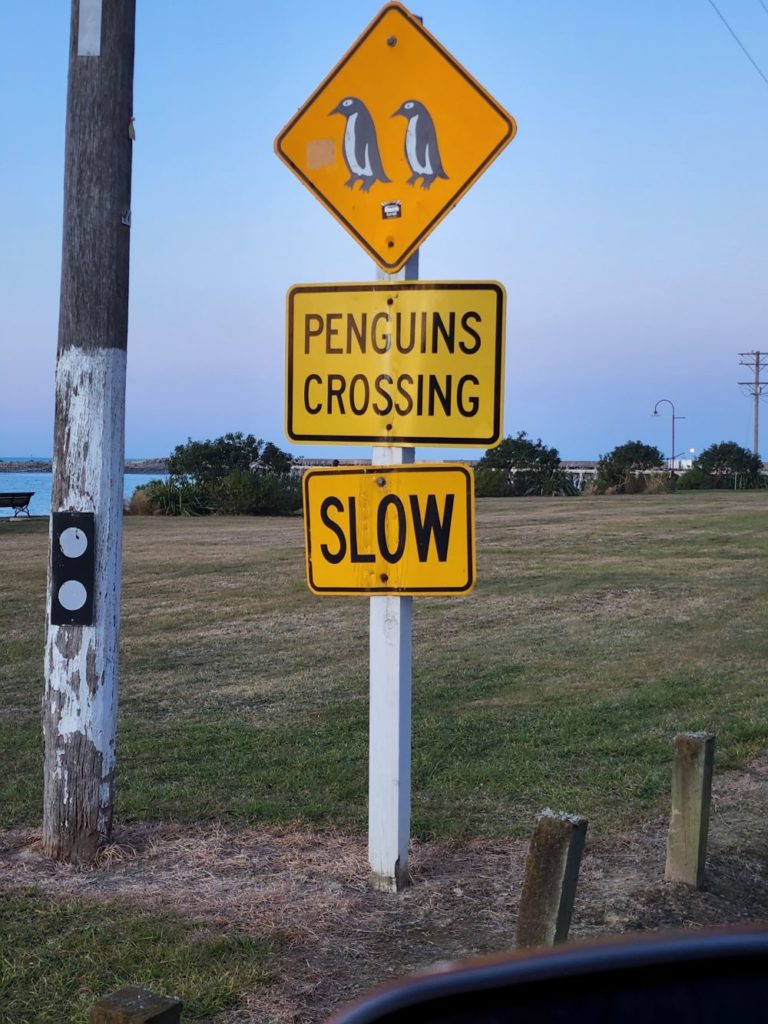
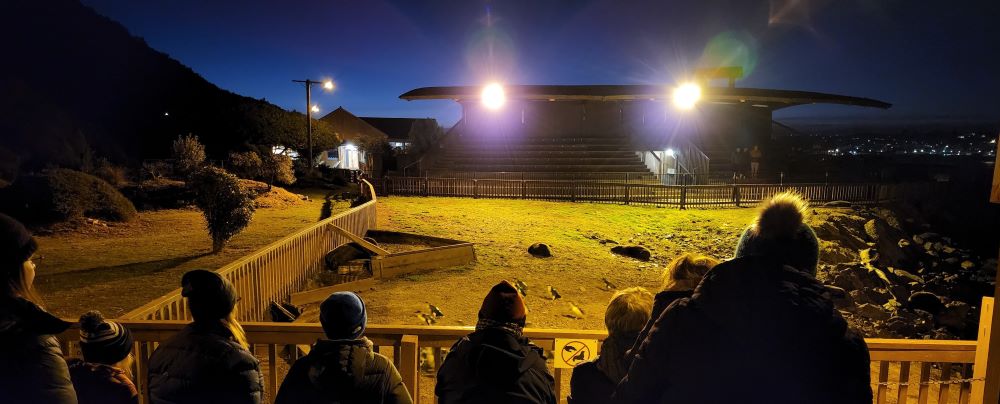
It was a cold day. We came back to the hotel, and we were freezing. Unfortunately, the motel heater was broken (if not broken, then it had a defect) because the heat was going against the wall instead of the room, or New Zealanders don’t believe in heaters.
So, we put our feet against the wall and warmed up for a bit. It felt good!
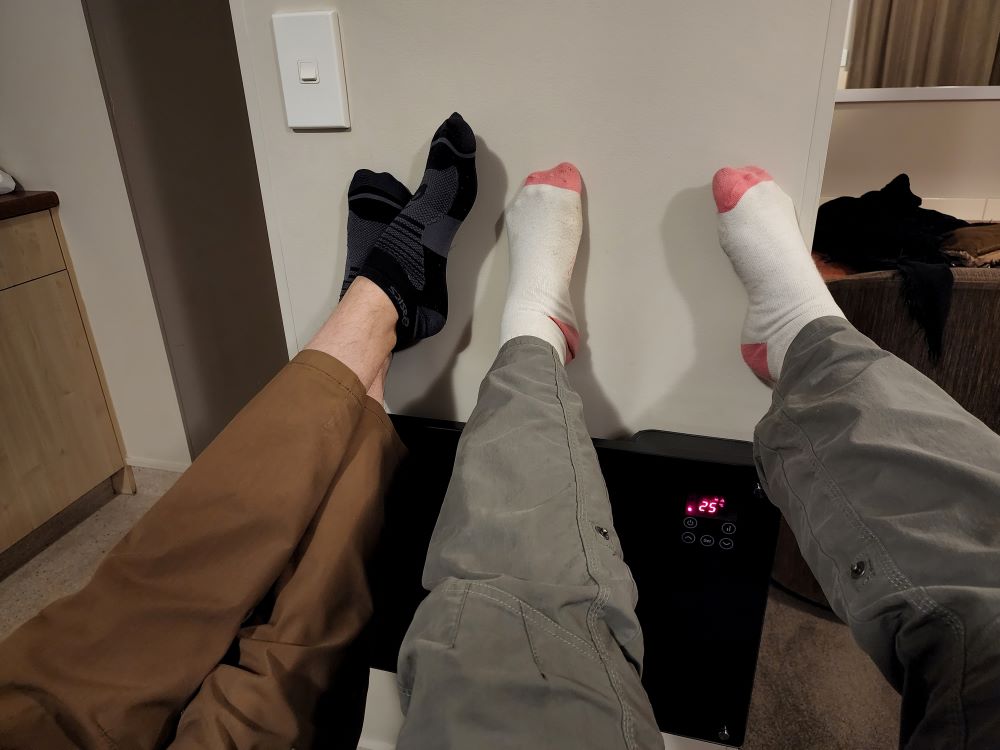
I will gladly come back to Oamaru.
“Don’t be a tourist, be a traveler.”

